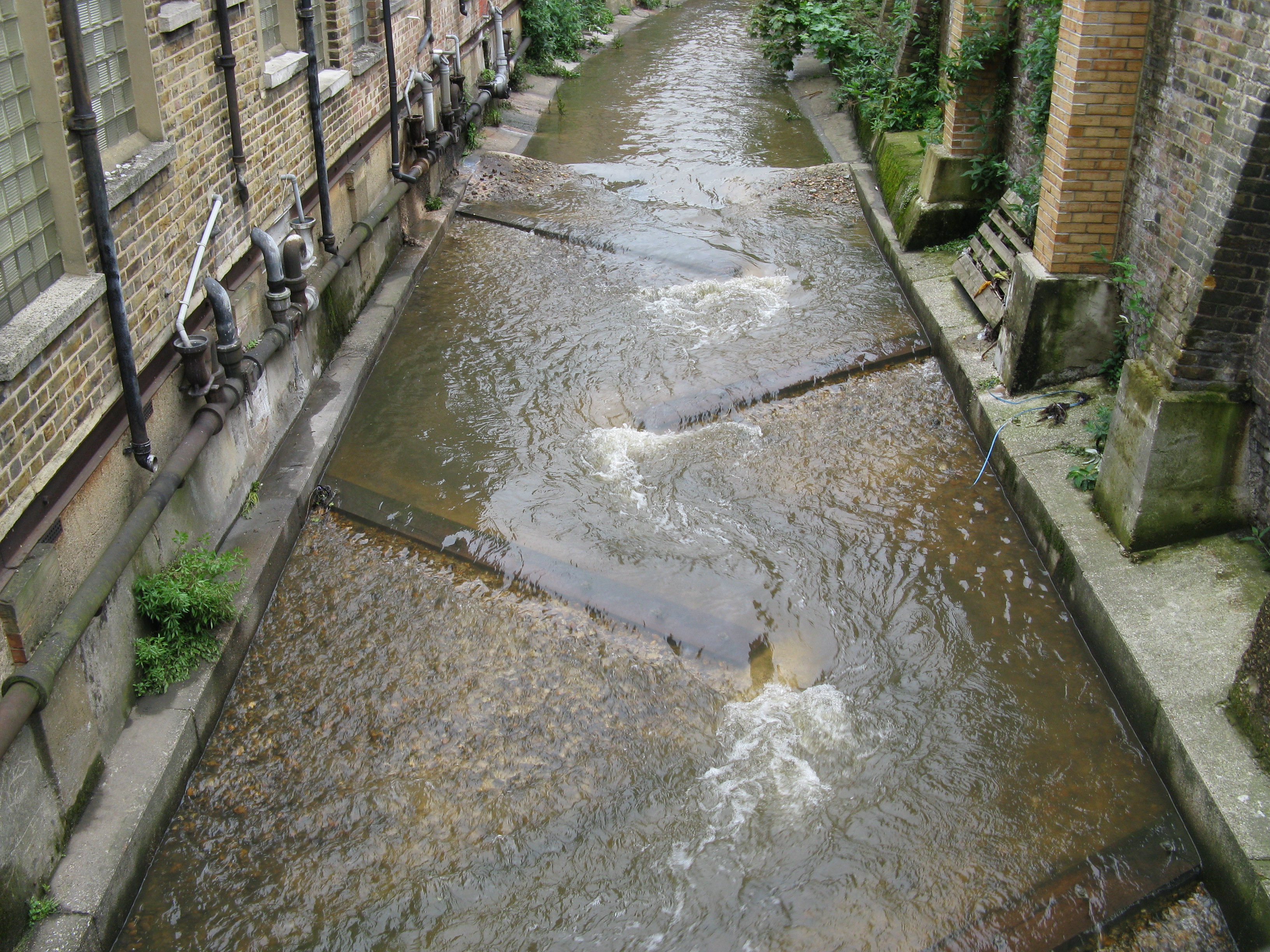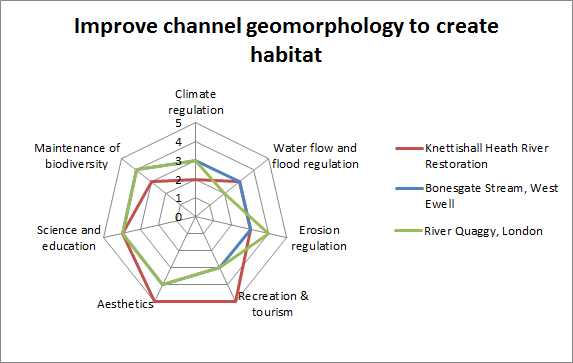This activity is extremely important as it includes a range of techniques and a variety of possible outcomes. It can be delivered across a wide variety of scenarios depending on the current condition of the channel and how far restoration can be taken without affecting its current use.
 Ideally, these activities will result in naturalised processes and be sustainable, but in some highly constrained rivers this may not be possible or effective.
Ideally, these activities will result in naturalised processes and be sustainable, but in some highly constrained rivers this may not be possible or effective.
Improvements to geomorphology should take account of the existing state of the catchment, and encourage the existing condition to adapt slowly and develop its own diversity. This is a more sustainable approach than using engineered measures.
Techniques
There are a wide range of techniques that can be used to implement this environmental improvement, depending upon the type and characteristics of the water body in which it is going to be applied. At the lowest end of the spectrum, these include installing in-stream devices to increase morphological diversity such as:
- Riffle construction
- Bar construction
- Boulder placement
- Deflectors
- Two-stage channels
- Installing large woody debris
- Narrowing over-widened channels
- Meandering low-flow channels in over-widened channels
- Creation of bays to provide slack water
At the upper end of the spectrum, techniques include:
- Improving the channel processes, so that the morphological diversity is sustainable, by identifying both the type of diversity the channel should have and establishing why those habitats don’t exist
- Implementation must be through the removal of the reasons for the habitats not being there (e.g. sheet piling, impoundment, channel size / shape) and designing a new sustainable channel which uses natural processes to maintain it
- If this is not possible then installing devices may be appropriate
Benefits
Improving channel geomorphology can deliver a wide range of direct and indirect benefits, including:
- Direct benefits to salmonids, eels, coarse fish and other aquatic organisms by allowing free movement of populations and individuals within the water body and improvements to flow and habitat variability
- Indirect benefits to plants and other aquatic organisms by naturalising in-channel habitats and improving flow and substrate variability
- Improvements to flow patterns and a reduction in impoundment
- Improvements in the transport of sediment and a reduction in sediment accumulation upstream of the structure
- Restoration of natural processes, including erosion and deposition
- Improvements to the aesthetic value of the watercourse and improvements to its recreational value
Case Study Benefits
This diagram displays a comparison of benefits scores (using a high-level ecosystem service assessment methodology) associated with the techniques used in each case study. More details on the methodology can be found here.